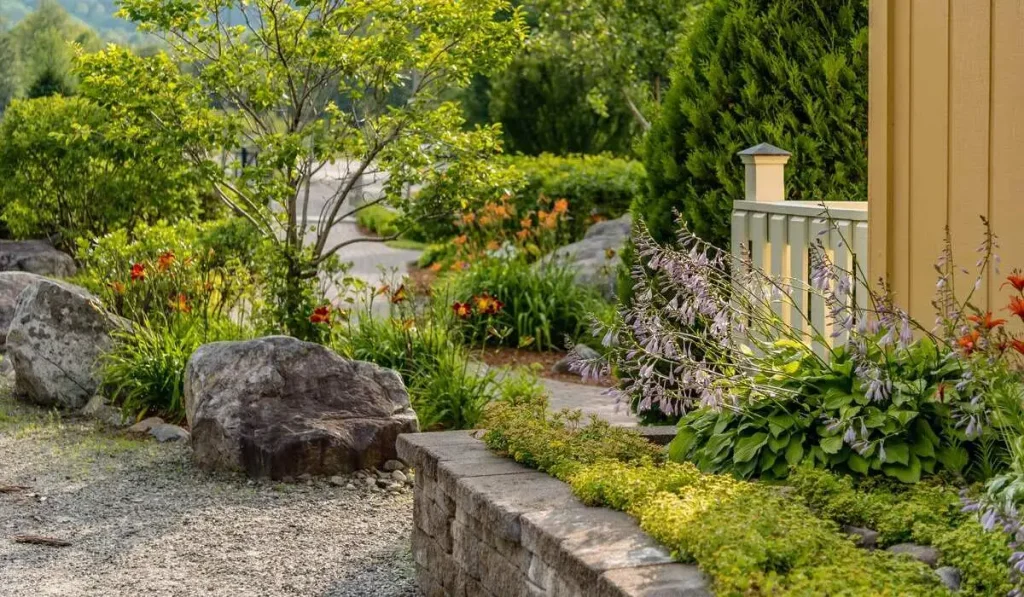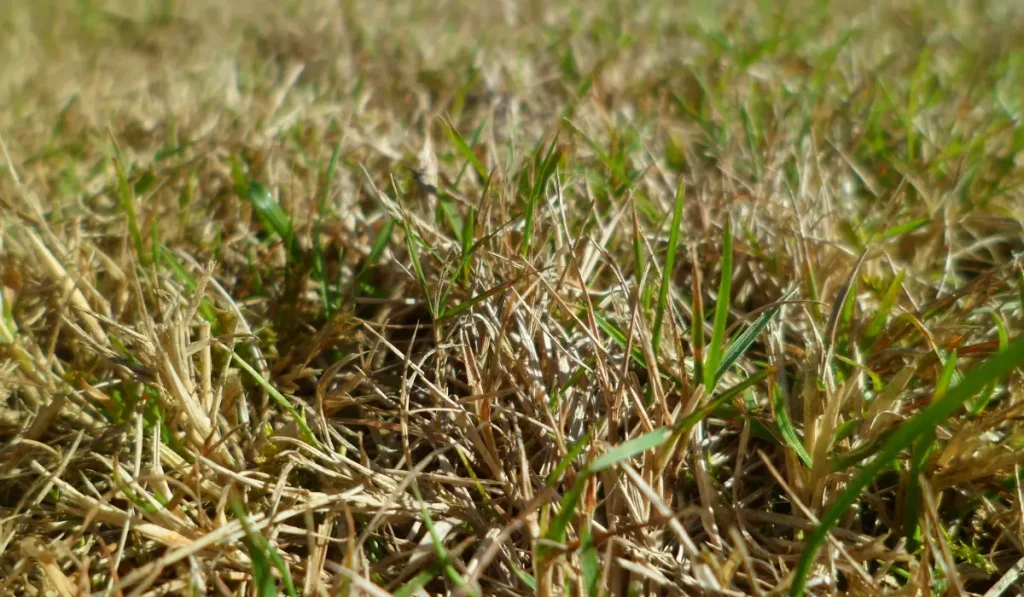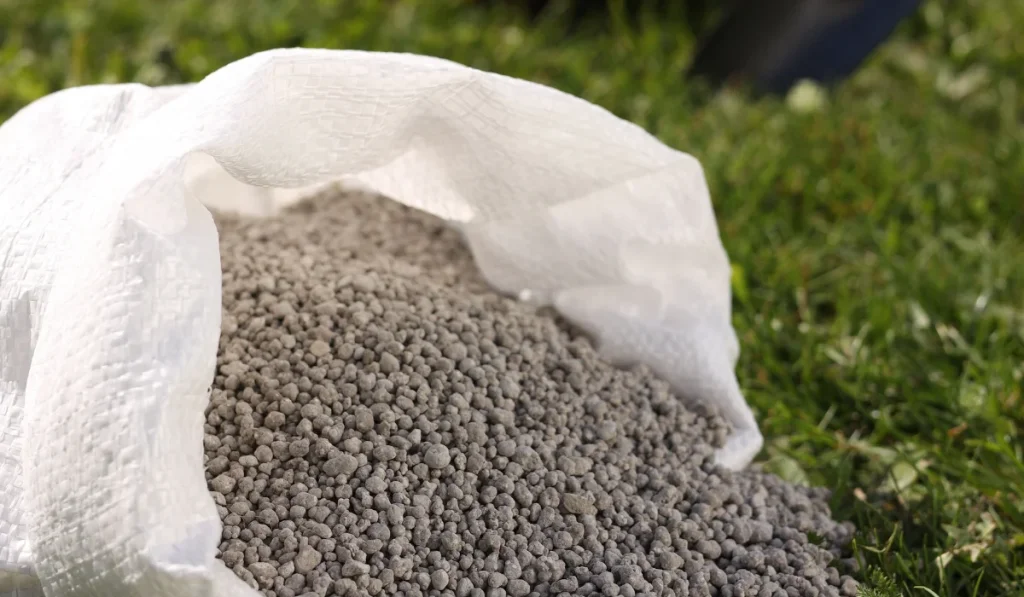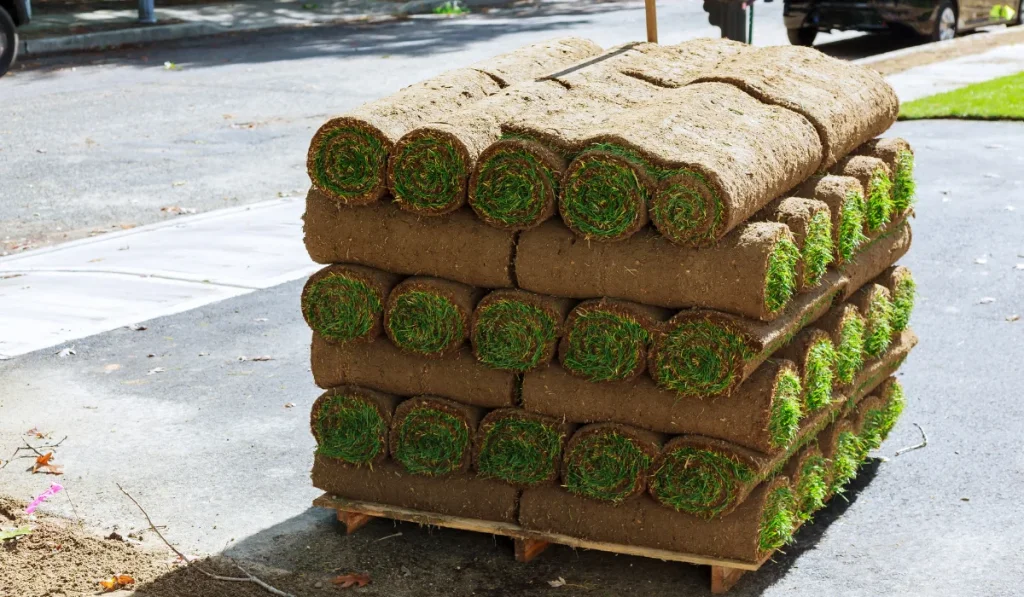Landscaping in Riverside county involves more than crafting visually appealing driveways or gardens. It means complying with environmental regulations and local building codes and respecting property lines. These regulations balance aesthetic beauty, efficient landscape use, and environmental responsibility.
Whether you’re a single-family homeowner, a DIY enthusiast, or a business owner looking to improve your property, this guide offers invaluable insights.
Key Takeaways
- Riverside emphasizes water conservation through well-maintained irrigation systems, rainwater harvesting, and adherence to the Maximum Applied Water Allowance (MAWA) limits.
- Landowners are urged to adopt sustainable landscaping practices, such as using native plants, adopting eco-friendly pest management, and regular landscape maintenance.
- Landscaping must meet local fire code standards, particularly in fire-prone areas, and promote waste reduction through the use of recycled materials and minimal use of power equipment.
Requirements
Landowners in Riverside, whether residential or commercial, must adhere to specific municipal codes when devising a landscape plan or making improvements. Conformance with the following information will ensure you avoid zoning violations, ordinance penalties, and more.
Landscape Water Management
Water management is an integral part of Riverside’s landscaping regulations, given the city’s commitment to the preservation of the local ecosystem and water supply:
- Your irrigation system must be consistently in optimal working condition, ensuring efficient water use and even coverage across your landscaped areas. This maintenance helps promote healthy plant growth while abiding by water conservation norms.
- Riverside encourages landowners to embrace sustainable practices such as rainwater and greywater harvesting. Also, by choosing native or climate-adapted plants for your landscape design, you can minimize the need for additional watering.
- Implementing stormwater management practices, such as building swales or rain gardens, can significantly reduce water runoff, improve water quality, and recharge groundwater supplies.
Landscape
Installing and maintaining your landscape includes everything from shade trees, shrubbery, ground cover, turf, mulch, or a combination of plant materials. Adhering to these guidelines is essential to creating a balanced planting area:
- Protecting existing habitats is as important as creating new ones. Selecting local native plants or climate-adapted non-natives can enhance the biodiversity of your landscape while preventing the spread of invasive species.
- Use integrated pest management strategies with the least toxic methods as your first defense against pests. This safeguards your plant materials and contributes to public health and a healthier environment.
- Regularly maintaining your landscape, including watering, fertilizing, mowing, and trimming, is crucial. It ensures that your landscape remains aesthetically pleasing and your plant materials thrive.
Prohibitions
Awareness of specific prohibitions and restrictions in Riverside’s landscaping requirements can help you maintain legal compliance and a smooth land use experience.
Landscape Water Management
When planning your landscape, it’s essential to incorporate designs that minimize water runoff and maintain water quality:
- Efficient irrigation is key. Avoid water wastage by ensuring there’s no runoff from your landscape to adjacent properties, non-irrigated areas, walks, roadways, parking lots, or structures.
- Riverside urges property owners to conserve water. To help, they’ve established a rule called the Maximum Applied Water Allowance (MAWA). For homes, it means limiting your landscape’s water usage to 55% of what’s normally needed. For non-residential properties, it’s 45%. This rule helps everyone save water.
Landscape
While creating an appealing open space is a central part of any landscape plan, it’s equally important to consider the environmental implications of your design:
- Overgrown or untamed vegetation visible from the public right-of-way isn’t just an eyesore; it’s against the law in Riverside.
- Similarly, dead, decayed, or diseased trees or shrubs should be promptly removed to prevent potential hazards and maintain the overall appeal of your landscape.
Exceptions
While Riverside’s landscape regulations are typically non-negotiable, there are instances where certain exceptions apply:
- While property owners in Riverside can make many landscaping changes independently, a notable exception is a connection to the city’s domestic water system. Any changes or installations involving this system must strictly adhere to the city’s guidelines and be performed under the supervision of the Water Department.
- Disposing of pollutants in public spaces or drainage structures is typically a violation. However, temporary placement of pollutants in appropriate containers for later collection and removal is acceptable.
Fire Code
Riverside’s landscaping requirements align with local fire code standards to ensure safety, especially in the face of hot and arid climates:
- Landscaping on sloped areas should consist of landscape materials that harmonize with surrounding natural vegetation, and withstand the local climate, reducing the risk of fires spreading.
- For projects in areas susceptible to fires, it’s critical to integrate fire safety measures into your landscape design, such as creating defensible spaces and using fire-resistant plants within your lot lines.
Waste Reduction
Riverside prioritizes sustainable landscaping practices that promote waste reduction:
- You can contribute to air and water quality protection by minimizing the use of power equipment, selecting recycled materials, and using compost and mulch, which also helps prevent erosion.
- Maintaining property in a way that poses a potential fire hazard or attracts pests is considered unlawful. Regular maintenance and prompt removal of hazardous trees or vegetation are mandatory.
In Riverside, understanding and following these landscape requirements can help you create an environment-friendly, visually pleasing space that respects the community’s values.
To ensure you’re on the right track, consider consulting a lawn care professional to help you navigate Riverside’s regulations. This way, you can create stunning landscapes without any compliance concerns.



